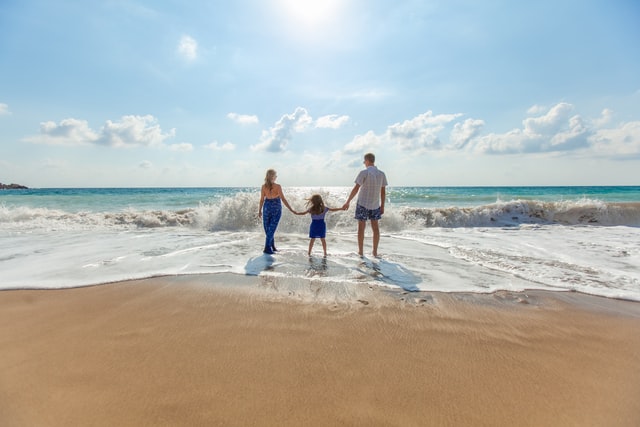
For many people, the best thing about going away on vacation is hitting the water, whether it’s a rejuvenating swim in the sea or trying out different water sports to leave you feeling energized. But as you excitedly plan where you’ll go and what you’ll do on your vacation, you also need to think about how you will stay safe on the water. Worldwide, more than 320,000 people die each year from drowning, and it’s the most common cause of international travelers’ deaths. However, just by taking a few simple precautions, you can minimize the risks and look forward to enjoying a safe vacation.
Risk Factors For Travelers
The location, lack of barriers to unsuitable swimming areas, alcohol use, failure to wear a life jacket, and a lack of swimming ability can each increase your risk of drowning. Many travelers also underestimate the danger of rip currents, which is why people often require rescuing on recreational beaches. You’ll find rip currents on ocean beaches and some larger lakes. These currents are driven by breaking waves, and flow at speeds capable of carrying swimmers far out from the shore into deeper waters. When you cannot touch the bottom to keep your head above the water, you are at greater risk of drowning. If you try to fight the current or are a weak swimmer, you could panic and not effectively evaluate the situation or find your way out of the rip and get back to shore. However, as rip currents aren’t always easy to spot, you need to look out for an area of calm water between breaking waves, water flow, or a patch of darker water, sediment and offshore debris.
Water Safety For Travelers
If you plan to spend your vacation time in or around water, you need to be extra cautious when boating, swimming or diving in remote destinations where emergency services may not be quickly accessible. Ideally, it would be best to head to a beach with a lifeguard, as these have less than one in 18 million fatal drowning chances. Even if you consider yourself an experienced swimmer, it’s always best to swim alongside someone else. But anyone who is a weak swimmer, non-swimmer, or swimming or boating in cold water should wear an appropriate life jacket. You should also think about how you enter the water and always aim to enter the water feet-first. If you enter water head-first into breaking waves or shallow water, you risk catastrophic or even deadly back, neck and head injuries.
What To Do In A Drowning Emergency
If you see someone having difficulty in the water, call the emergency services immediately. That’s why it’s important you know the number to call when traveling abroad. If there isn’t a lifeguard available to help, find something that floats that you can throw to the person in distress. It’s extremely dangerous to enter the water to rescue a drowning person, and you could end up drowning alongside the person you are trying to save. However, while it’s not advisable for an untrained person to attempt a rescue, when any would-be rescuer enters the water, they should have something with them that floats, such as a lifejacket or even a car tire. It’s imperative to keep the person afloat and their head above water to prevent them drowning, and hopefully buy just enough time for trained professionals to arrive.
No one expects tragedy to strike on vacation, but too many times, tourists can end up severely injured or even losing their life due to drowning. However, understanding the risks and knowing what to do if something happens help to ensure your vacation goes swimmingly, and you’ll have nothing to worry about on your next trip.

Follow itravelnet.com